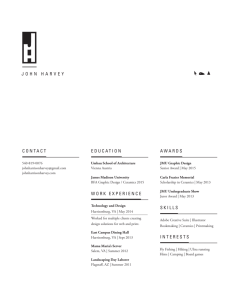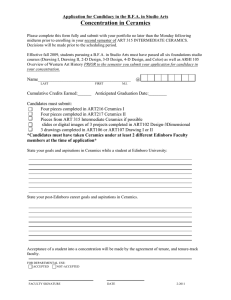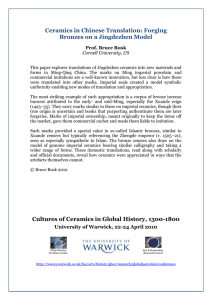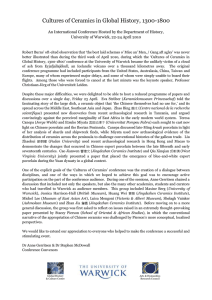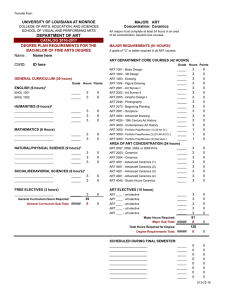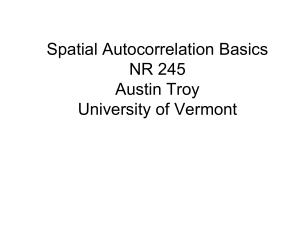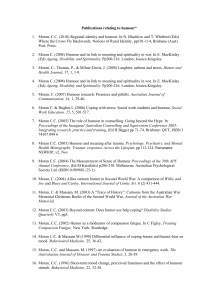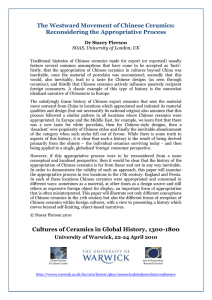EM313 Materials Science United States Naval Academy Mechanical Engineering Department Catalog Description:
advertisement
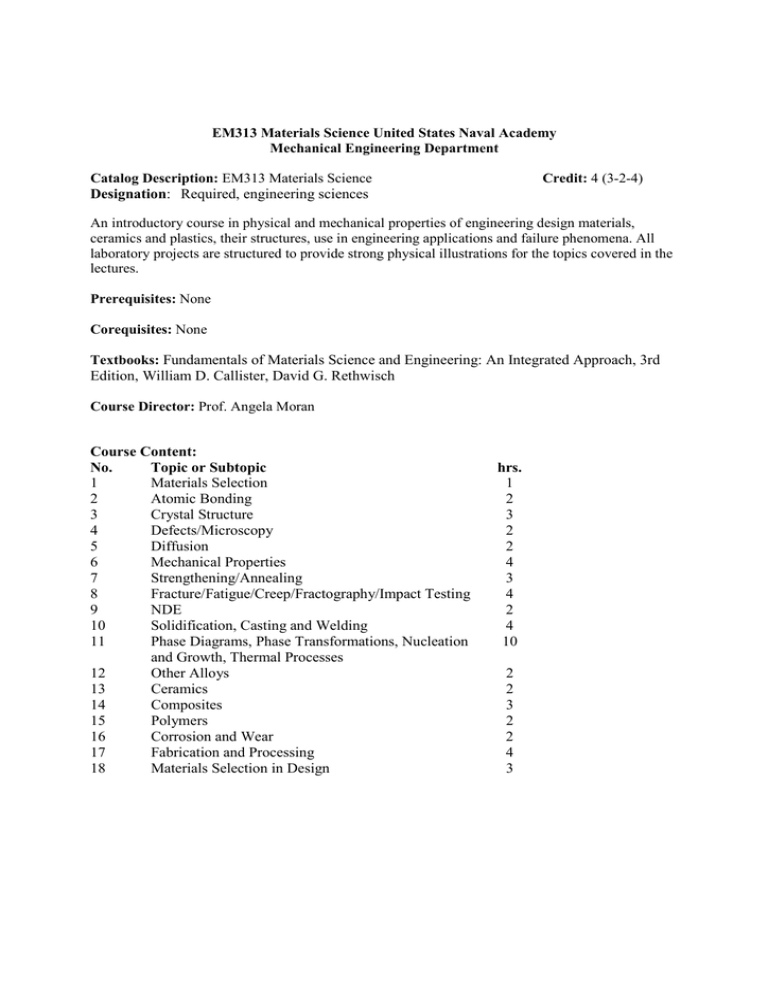
EM313 Materials Science United States Naval Academy Mechanical Engineering Department Catalog Description: EM313 Materials Science Designation: Required, engineering sciences Credit: 4 (3-2-4) An introductory course in physical and mechanical properties of engineering design materials, ceramics and plastics, their structures, use in engineering applications and failure phenomena. All laboratory projects are structured to provide strong physical illustrations for the topics covered in the lectures. Prerequisites: None Corequisites: None Textbooks: Fundamentals of Materials Science and Engineering: An Integrated Approach, 3rd Edition, William D. Callister, David G. Rethwisch Course Director: Prof. Angela Moran Course Content: Topic or Subtopic No. 1 Materials Selection 2 Atomic Bonding 3 Crystal Structure 4 Defects/Microscopy 5 Diffusion 6 Mechanical Properties 7 Strengthening/Annealing 8 Fracture/Fatigue/Creep/Fractography/Impact Testing 9 NDE 10 Solidification, Casting and Welding 11 Phase Diagrams, Phase Transformations, Nucleation and Growth, Thermal Processes 12 Other Alloys 13 Ceramics 14 Composites 15 Polymers 16 Corrosion and Wear 17 Fabrication and Processing 18 Materials Selection in Design hrs. 1 2 3 2 2 4 3 4 2 4 10 2 2 3 2 2 4 3 Assessment Methods: A. B. C. D. E. F. G. H. I. YES NO X X X X X X X X Quizzes Homework Exams Laboratory reports Oral presentation Design reports/notebooks Prototypes/demonstrations Projects Other evaluation tools Course Outcomes1: 1. Explain the relationship between the microstructure of engineering materials and the mechanical and physical properties of these materials. (A,B,C,D) 2. Demonstrate some of the common laboratory tools used to characterize the structures of engineering materials.( D,G,H) 3. List various mechanical properties of engineering materials that can influence material selection decisions and explain the various testing methods for evaluating these properties. (A,B,C,D,G) 4. Describe and recognize various types of material failure. (A,B,C,D,G,H) 5. Explain how thermal and mechanical processing influence and control the structures and properties of engineering materials and use conceptual tools to make predictions of processing effects. (A,B,C,D,G) 6. Describe how the environment can influence the properties of engineering materials. (A,B,C,D,G,H) 1 Letters in parenthesis refer to the assessment methods listed in the previous section. Program Outcomes (a) (b) (c) (d) (e) (f) (g) (h) (i) (j) (k) Date of Latest Revision: Course Outcomes (3) (4) (5) (1) (2) X X X X X X X X X X X X X X X X X X X X X X X X X X X X X X 24 APR 2010, Prof. Angela Moran (6)


